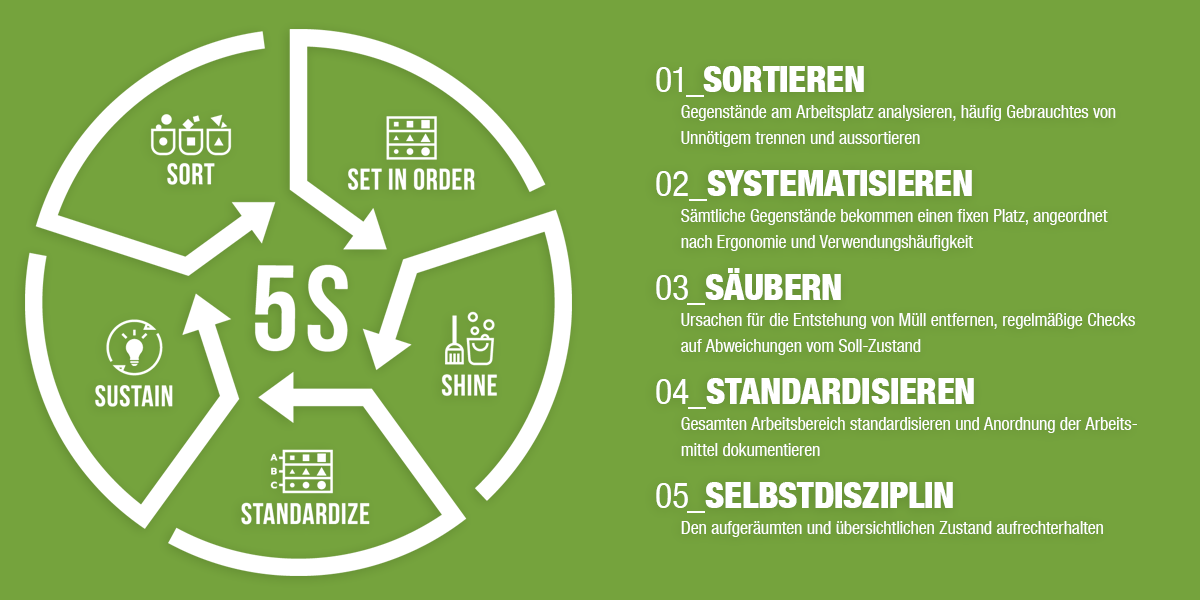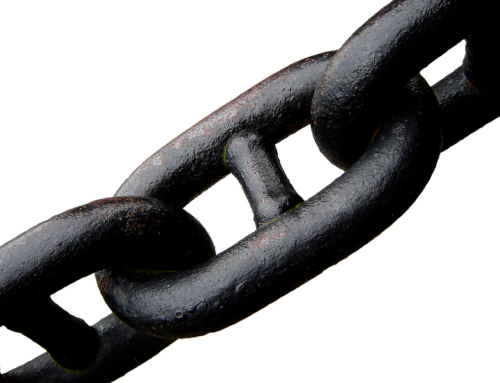CARE AND EFFICIENCY WITH THE KVP MODEL
"How can we develop our work process so that work becomes more effective and quality is improved at the same time?"
In the 1950s, car manufacturer Toyota asked itself precisely this question.
The goal: to continuously improve its operational processes in order to achieve a high level of customer satisfaction and remain economically successful.
CHANGE FOR THE BETTER (KAIZEN)
This gave rise to the "Kaizen" philosophy of life and work
At the heart of our philosophy is the continuous improvement of established processes. Systematically, in small steps and working groups.
In the case of Toyota, Kaizen has led to a significant improvement in production rates and quality standards, making Toyota cars internationally competitive.
KAIZEN AND THE KVP
This Japanese management philosophy ultimately gave rise to the continuous improvement process (CIP), which still plays a decisive role for Western companies today and acts as an implementation measure for Kaizen.
Following Toyota's success, European and American car manufacturers have also established the continuous improvement process. However, the CIP is also used in the service and administration sectors.
"Continuous improvement is better than delayed perfection." (Mark Twain)
SUCCESSFULLY INTRODUCING KVP INTO THE COMPANY
To ensure that the continuous improvement process is successful, it is first and foremost up to the company management to create the right framework conditions for implementing the CIP. This includes, for example, the provision of working hours and further training opportunities. It is important to involve all employees, as they know the individual work steps best and can provide the best suggestions for improvement.
The employees now form working groups, so-called "quality circles", which meet at regular intervals to discuss possible improvements. Weak points are now continuously improved in small steps. The focus here is not on making as much profit as possible, but on customer satisfaction and working efficiently.
CIP MEASURES AND METHODS
There are various methods and measures for concrete implementation, such as the PDCA cycle or the 5S method.
The PDCA cycle
The PDCA cycle is the basis of CIP and consists of the following four steps, which are repeated again and again:
- Plan: Analyze the current situation and develop an improvement concept.
- Th: Implementation of the agreed measures.
- Check: Check and evaluate results.
- Act: Introduce and constantly review improvements
In the PDCA cycle, processes are closely observed and analyzed in order to identify opportunities for improvement and derive specific measures for action. In practice, the model is used not only to improve products or services, but also to develop new products, for example, and is an essential component of lean management.
The 5S method
The aim is to optimize the working environment and establish standards and processes so that you can concentrate better on your actual work.

The 5 steps are as follows:
- Sorting: Analyze objects in the workplace, separate frequently used items from unnecessary ones and sort them out
- Systematize: All items are given a fixed place, arranged according to ergonomics and frequency of use
- Cleaning: remove causes of waste generation, regular checks for deviations from the target status
- Standardize: Standardize the entire work area and document the arrangement of work equipment
- Self-discipline: Maintaining a tidy and well-organized state
As part of Kaizen Lean Management, the method is now highly valued not only in the production sector, as the principle is easy to understand and apply. Employees get a better feel for efficient work processes, know where their work items are located and can therefore concentrate better and more efficiently on their own work.
Above all, calculative employees, for whom their working conditions are an important factor, will be enthusiastic about the introduction of CIP processes. In this way, they can get actively involved right away and not only shape their own working environment, but also celebrate a sense of achievement with higher efficiency and performance quality.



